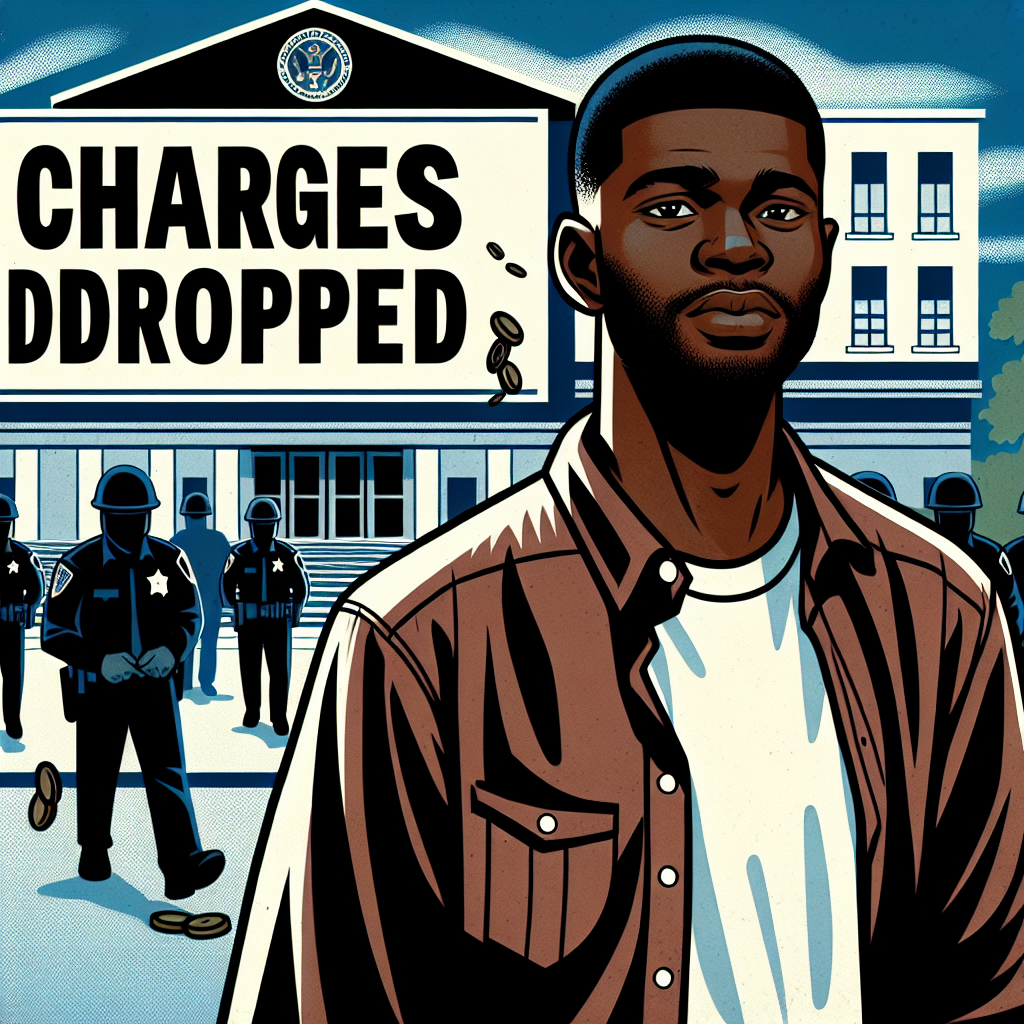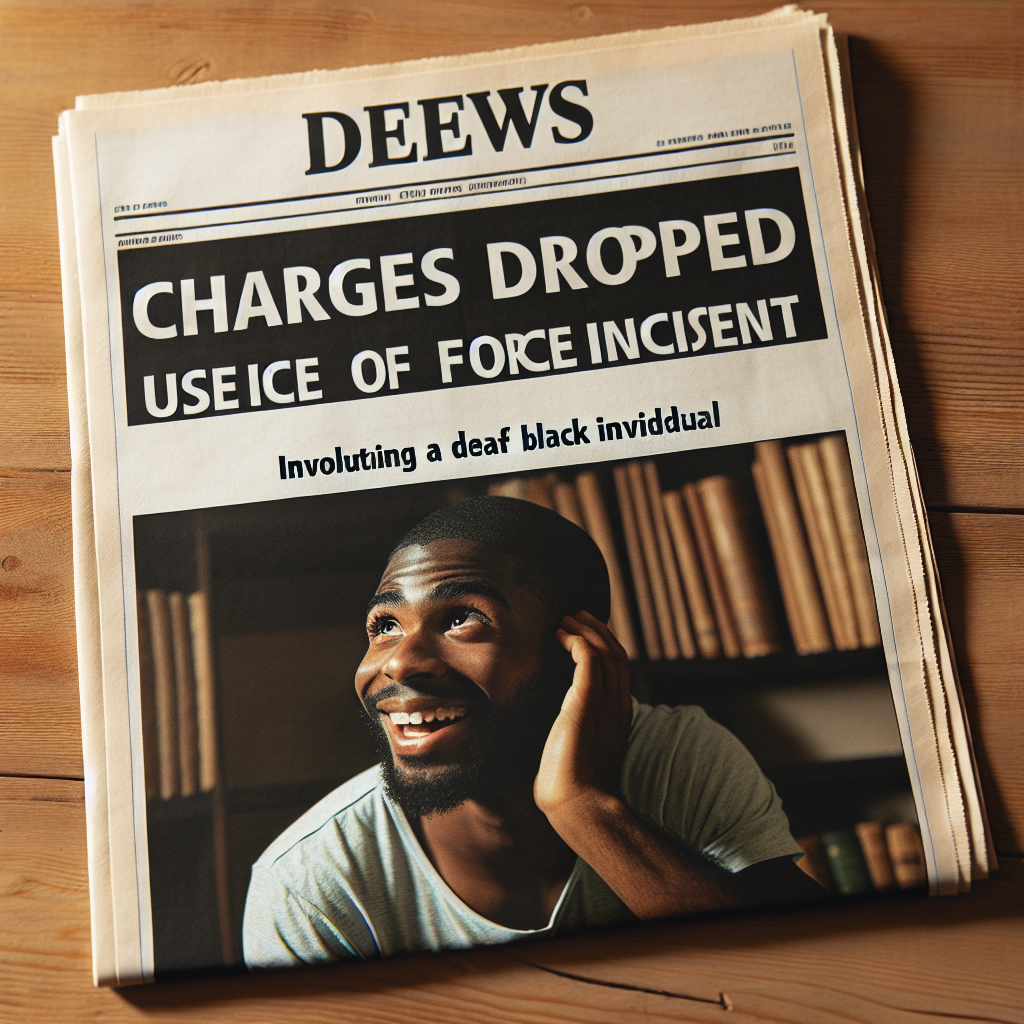Charges Dropped Against Deaf Black Man After Police Use of Force Incident
Charges Dropped Against Deaf Black Man After Police Use of Force Incident

Background of the Incident
In a controversial case that has drawn significant public attention, charges have been dropped against a deaf Black man who was involved in a police use of force incident. The case has sparked discussions about police interactions with individuals with disabilities and racial minorities.
Key Details of the Case
- The incident occurred when the man, who is both deaf and Black, was approached by police officers.
- Communication barriers led to a misunderstanding, escalating the situation.
- Police used force during the encounter, which was later deemed excessive.
- The man was initially charged with resisting arrest and other related offenses.
Legal and Public Reactions
The decision to drop the charges has been met with mixed reactions:
- Advocates for disability rights and racial equality have praised the decision, highlighting the need for better police training.
- Some law enforcement officials expressed concerns about the implications for police authority and safety.
- The case has reignited debates on the necessity of reform in police procedures and training, especially concerning interactions with vulnerable populations.
Implications for Future Police Training
This incident underscores the importance of comprehensive training for law enforcement officers to handle situations involving individuals with disabilities and from diverse racial backgrounds. Key areas for improvement include:
- Enhanced communication strategies for interacting with deaf individuals.
- Increased awareness and sensitivity training regarding racial and cultural differences.
- Development of protocols to prevent escalation in similar situations.
Conclusion
The dropping of charges against the deaf Black man involved in a police use of force incident highlights critical issues in law enforcement practices. It emphasizes the urgent need for improved training and protocols to ensure fair and safe interactions with all community members, particularly those who are most vulnerable.

















